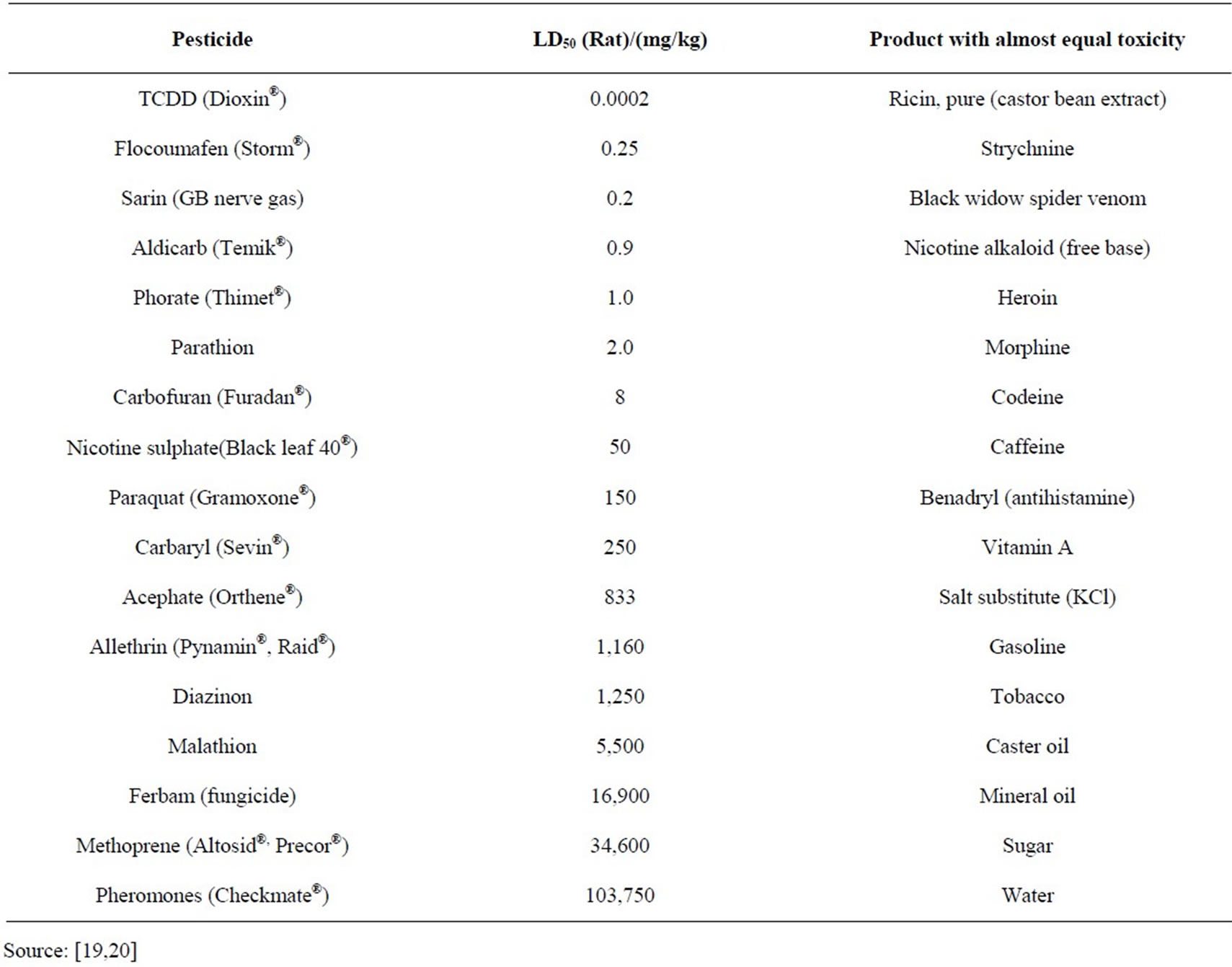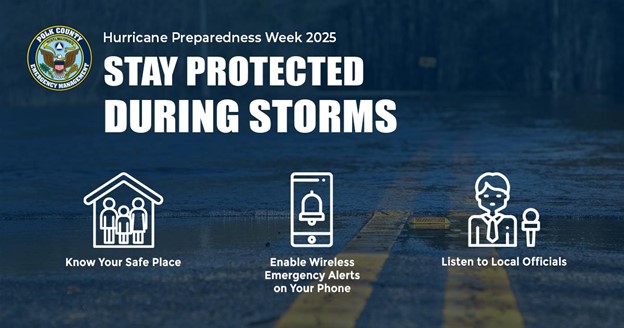Report on Water Scarcity and Sustainable Development in New Mexico
Introduction: Aligning Water Management with Sustainable Development Goals (SDGs)
New Mexico faces a critical water crisis exacerbated by climate change, aging infrastructure, and shifting consumption patterns. These challenges directly impact the state’s ability to achieve several key United Nations Sustainable Development Goals (SDGs). This report outlines the multifaceted nature of the water crisis and analyzes current and proposed interventions through the lens of the SDGs.
- SDG 6 (Clean Water and Sanitation): Threatened by diminished supply, infrastructure failure, and groundwater depletion.
- SDG 2 (Zero Hunger): Agricultural communities and food security are at risk due to water shortages and reduced yields.
- SDG 13 (Climate Action): The state’s water challenges are a direct consequence of climate-related phenomena, including prolonged droughts and reduced snowpack.
- SDG 11 (Sustainable Cities and Communities): Urban water security and the preservation of traditional rural communities, such as those reliant on acequias, are compromised.
Climate Change and Infrastructure Deficits: A Threat to SDG 6 and SDG 9
The convergence of climate change and infrastructural decay presents a significant barrier to sustainable water management.
- Climate Impacts: Rising temperatures have intensified drought conditions, decreased snowpack, accelerated snowmelt, and reduced river flows. Higher evaporation rates have diminished reservoir storage, directly undermining efforts related to SDG 13 and SDG 6.
- Infrastructure Failure: Decades of underinvestment have led to critical failures in water infrastructure, impeding progress on SDG 9 (Industry, Innovation, and Infrastructure). The non-functionality of the El Vado Dam and Corrales Siphon severely restricts water delivery to agricultural users, while utilities struggle to fund maintenance for safe drinking water systems.
Socio-Economic Impacts on Agriculture and Livelihoods (SDG 2 & SDG 8)
The water crisis has profound socio-economic consequences, particularly for the state’s agricultural sector and rural economies, affecting SDG 2 and SDG 8 (Decent Work and Economic Growth).
- Groundwater Depletion: Over-reliance on groundwater to meet demands from urban centers, energy production, and large-scale agriculture has led to aquifer depletion. In some regions, falling water tables have caused wells to run dry, eliminating reliable water sources for communities and farms.
- Impact on Small Farms: Small family farms have experienced lower crop yields, with some losing their agricultural tax status. This threatens traditional livelihoods and the cultural heritage of New Mexico’s farming communities.
Legislative Progress and Strategic Interventions
The state legislature has initiated several measures to address the water crisis, reflecting a commitment to the SDGs.
- Water Project Funding: The legislature has funded numerous water projects and streamlined access to financing through the New Mexico Finance Authority’s (NMFA) Water Project Fund. This supports SDG 6 and SDG 9 by enabling critical infrastructure upgrades for rural and farming communities.
- Strategic Water Supply Act: This legislation addresses water scarcity by funding the treatment of brackish water from deep aquifers. This innovative approach expands the usable water supply for both agriculture and industry, advancing SDG 6 and fostering sustainable industrialization under SDG 9.
Proposed Strategies for Enhanced Water Governance and Responsible Consumption (SDG 12)
Addressing overconsumption is critical for achieving SDG 12 (Responsible Consumption and Production). Several strategies are under consideration to improve water governance and efficiency.
- Reducing Non-Essential Water Use: A legislative proposal aims to mandate low-water-use landscaping for new state projects and phase out ornamental turf on non-recreational public land. This initiative models responsible consumption.
- Enforcing Water Laws: Current penalties for illegal water diversions are insufficient to deter overuse. Strengthening enforcement and increasing penalties for water theft are necessary to ensure equitable and lawful water distribution.
- Investing in Human Capital: As the legislature promotes trade careers, investment in water-related professions such as water controllers, managers, and engineers is essential. This supports SDG 8 by creating green jobs vital for managing a critical resource.
Conclusion: A Call for Unprecedented Investment
Securing New Mexico’s water future requires a multi-pronged approach focused on conservation, innovation, and robust governance. Future legislative sessions will prioritize support for farming communities and reducing overall consumption. Achieving these goals necessitates unprecedented investment from state and federal sources to modernize infrastructure, promote water recycling, eliminate illegal use, and ensure that clean, safe water remains accessible to all communities, thereby fulfilling the state’s commitment to the Sustainable Development Goals.
SDGs Addressed in the Article
- SDG 2: Zero Hunger – The article discusses the impact of water scarcity on small family farms, their crop yields, and their livelihoods, which is directly related to sustainable agriculture and food security.
- SDG 6: Clean Water and Sanitation – This is the central theme of the article, which covers issues of water scarcity, aging water infrastructure, safe drinking water, water consumption, and water management.
- SDG 8: Decent Work and Economic Growth – The article highlights the loss of traditional farming livelihoods and proposes creating new jobs in water management and engineering.
- SDG 11: Sustainable Cities and Communities – The text addresses the failure of critical infrastructure (dams, siphons) needed to supply water to communities and the shift in water usage towards urban consumption.
- SDG 13: Climate Action – The article explicitly states that climate change, through rising temperatures and prolonged droughts, is exacerbating New Mexico’s water challenges.
- SDG 16: Peace, Justice and Strong Institutions – The issue of illegal water diversions and the inadequacy of current laws and penalties to address “water theft” points to a need for stronger institutions and enforcement of the rule of law.
Specific SDG Targets Identified
SDG 2: Zero Hunger
- Target 2.3: By 2030, double the agricultural productivity and incomes of small-scale food producers, in particular women, indigenous peoples, family farmers, pastoralists and fishers, including through secure and equal access to land, other productive resources and inputs, knowledge, financial services, markets and opportunities for value addition and non-farm employment.
- The article supports this by highlighting how “small family farms in particular have suffered as decreased water supply lowers yields,” and calls for action to “provide financial support” to preserve these communities.
- Target 2.4: By 2030, ensure sustainable food production systems and implement resilient agricultural practices that increase productivity and production, that help maintain ecosystems, that strengthen capacity for adaptation to climate change, extreme weather, drought, flooding and other disasters and that progressively improve land and soil quality.
- The need to “improve irrigation” and address challenges from “prolonged droughts, decreased snowpack, [and] reduced river flows” directly relates to implementing resilient agricultural practices.
SDG 6: Clean Water and Sanitation
- Target 6.1: By 2030, achieve universal and equitable access to safe and affordable drinking water for all.
- This is addressed by the concern that “utilities are struggling to fund the maintenance necessary to keep our drinking water safe” and the goal to “keep safe drinking water accessible in every corner of New Mexico.”
- Target 6.4: By 2030, substantially increase water-use efficiency across all sectors and ensure sustainable withdrawals and supply of freshwater to address water scarcity and substantially reduce the number of people suffering from water scarcity.
- The article directly targets this by advocating for reducing “nonfunctional water use, such as the watering of non-native ornamental turf,” addressing “overconsumption,” and tackling the “depletion of many of New Mexico’s aquifers.”
- Target 6.a: By 2030, expand international cooperation and capacity-building support to developing countries in water- and sanitation-related activities and programmes, including water harvesting, desalination, water efficiency, wastewater treatment, recycling and reuse technologies.
- The article mentions state-level actions that mirror this target, such as the “Strategic Water Supply Act to address scarcity by funding the treatment of brackish, previously unusable water” and the goal of “wastewater recycling.”
- Target 6.b: Support and strengthen the participation of local communities in improving water and sanitation management.
- The call to “strengthen traditional community entities, such as acequias” is a direct example of supporting local community participation in water management.
SDG 11: Sustainable Cities and Communities
- Target 11.5: By 2030, significantly reduce the number of deaths and the number of people affected and substantially decrease the direct economic losses relative to global gross domestic product caused by disasters, including water-related disasters, with a focus on protecting the poor and people in vulnerable situations.
- The article describes the failure of water infrastructure like the “El Vado Dam and Corrales Siphon” as being “no longer functional, severely hurting nearby farmers,” which constitutes a slow-moving, water-related disaster impacting vulnerable communities.
SDG 13: Climate Action
- Target 13.1: Strengthen resilience and adaptive capacity to climate-related hazards and natural disasters in all countries.
- The entire premise of the article is based on adapting to the “effects of climate change,” including “rising temperatures,” “prolonged droughts,” “decreased snowpack,” and “reduced river flows.” All proposed solutions are measures to build resilience.
SDG 16: Peace, Justice and Strong Institutions
- Target 16.3: Promote the rule of law at the national and international levels and ensure equal access to justice for all.
- This is relevant to the discussion on “illegal water diversions” where “current state law gives us little recourse to address water theft.” The proposal to “strengthen penalties to help better enforce these laws” is a direct effort to promote the rule of law.
Indicators for Measuring Progress
For SDG 2 Targets
- Agricultural Yields and Farm Viability: The article implies measuring progress by tracking crop yields (“decreased water supply lowers yields”) and the number of farms that maintain their “agricultural status on their taxes.” An increase in yields and a reduction in farms losing their status would indicate progress.
For SDG 6 Targets
- Access to Safe Drinking Water: Progress towards Target 6.1 can be measured by the proportion of the population with access to safely managed drinking water, as the article aims to make it “accessible in every corner of New Mexico.”
- Level of Water Stress: The “depletion of many of New Mexico’s aquifers” and dropping “water tables” are direct indicators of water stress. Measuring aquifer levels and the rate of groundwater extraction would track progress towards Target 6.4.
- Water-Use Efficiency: A reduction in “nonfunctional water use” and overall consumption can be measured. For example, tracking the square footage of “ornamental turf” replaced with “low-water-use landscaping” would be a specific indicator.
- Functionality of Water Infrastructure: The status of projects like the “El Vado Dam and Corrales Siphon” serves as a direct indicator. Measuring the number of non-functional versus functional critical infrastructure projects would track investment and maintenance effectiveness.
For SDG 13 Targets
- Implementation of Adaptation Strategies: Progress can be measured by the number and effectiveness of implemented policies, such as the “Strategic Water Supply Act” and the bill to require “low-water-use landscaping,” which are designed to build resilience to climate change impacts.
For SDG 16 Targets
- Effectiveness of Legal Enforcement: An indicator for progress on Target 16.3 would be the change in the number of enforcement actions and the severity of penalties for “illegal water diversions.” A shift from “nominal fines” to penalties that effectively deter water theft would signify progress.
Summary of SDGs, Targets, and Indicators
| SDGs | Targets | Indicators Identified in Article |
|---|---|---|
| SDG 2: Zero Hunger | 2.4: Ensure sustainable food production systems and implement resilient agricultural practices. | Crop yields of small farms; Number of farms maintaining agricultural tax status. |
| SDG 6: Clean Water and Sanitation | 6.1: Achieve universal and equitable access to safe and affordable drinking water for all. | Proportion of population with access to safe drinking water. |
| 6.4: Substantially increase water-use efficiency and ensure sustainable withdrawals. | Level of water tables in aquifers; Amount of water consumed by nonfunctional turf. | |
| 6.b: Support and strengthen the participation of local communities in improving water management. | Level of funding and support for traditional entities like acequias. | |
| SDG 11: Sustainable Cities and Communities | 11.5: Reduce the economic losses caused by water-related disasters. | Functionality of critical water infrastructure (e.g., El Vado Dam, Corrales Siphon). |
| SDG 13: Climate Action | 13.1: Strengthen resilience and adaptive capacity to climate-related hazards. | Implementation of adaptation policies (e.g., Strategic Water Supply Act, low-water landscaping mandates). |
| SDG 16: Peace, Justice and Strong Institutions | 16.3: Promote the rule of law and ensure equal access to justice. | Number of enforcement actions and severity of penalties for illegal water diversions (“water theft”). |
Source: nmpoliticalreport.com







